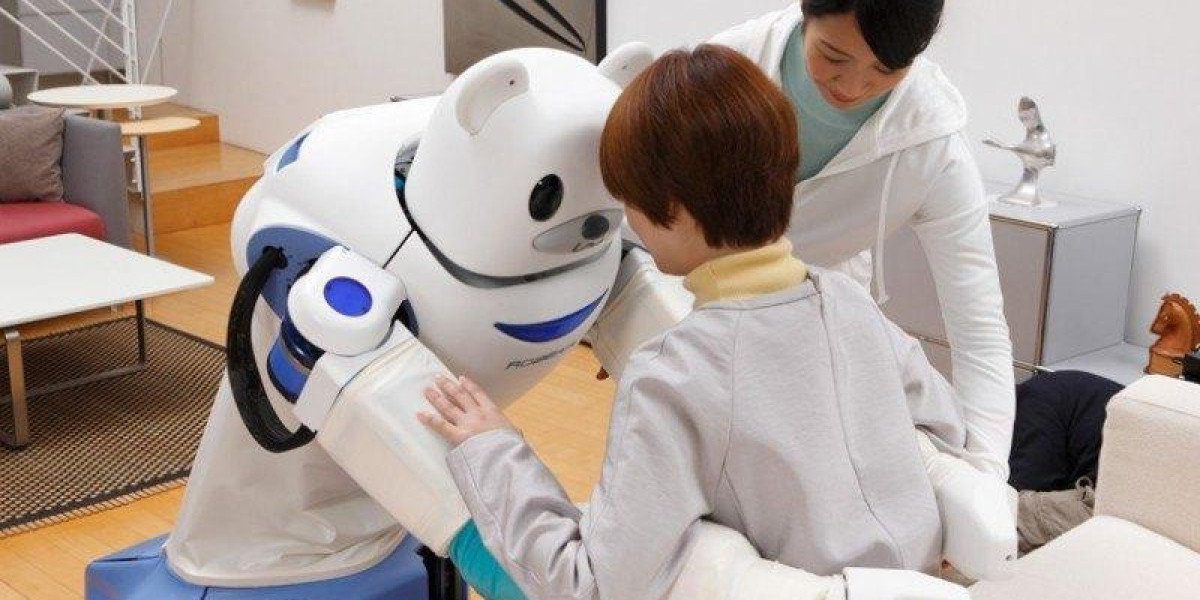The sustained and accelerating expansion of the market for eldercare robotics is being fueled by a powerful convergence of undeniable global trends that create both a clear need and a viable path for this technology. A focused analysis of the drivers behind Eldercare Assistive Robot Market Growth reveals that the most profound catalyst is the stark reality of global demographic change. Life expectancy is increasing worldwide, leading to a dramatic growth in the elderly population, particularly the "oldest-old" segment (those over 85), who are most likely to require assistance. This demographic shift is occurring in tandem with social changes, such as smaller family sizes and increased geographic mobility, which means there are fewer family members available to provide care. This creates an ever-widening "care gap." The sheer, undeniable mathematics of a rapidly growing elderly population and a shrinking pool of available human caregivers is the primary, non-negotiable driver creating a massive and urgent demand for technological solutions like assistive robots to help fill this gap.
Another primary driver of market growth is the significant and ongoing advancement in robotics and artificial intelligence technology, which is making these solutions more capable, safer, and more affordable. In the past, the idea of a robot safely interacting with a person in a cluttered home environment was a major technical hurdle. Today, thanks to breakthroughs in computer vision, simultaneous localization and mapping (SLAM) for navigation, and force-feedback sensors, robots can move around and interact with their environment with a much greater degree of safety and autonomy. Similarly, advancements in natural language processing (NLP) and speech synthesis have made human-robot conversation more natural and engaging. This continuous improvement in the core technologies is steadily increasing the utility and appeal of these robots, transforming them from clumsy prototypes into genuinely helpful companions and assistants, which is a key factor in driving consumer and institutional interest.
Finally, the market's growth is being significantly propelled by strong economic incentives and supportive government policies, particularly in countries with the most rapidly aging populations. The economic burden of eldercare on national budgets is immense and growing. The use of assistive robots to enable seniors to live independently at home for longer ("aging in place") can be a far more cost-effective solution than expensive full-time residential care. This clear potential for cost savings is a powerful incentive for governments and insurance companies to support the development and adoption of this technology. In countries like Japan and South Korea, governments are actively funding research, providing subsidies for the purchase of assistive robots, and creating national strategies to integrate robotics into their long-term care plans. This top-down support from policymakers provides a powerful tailwind for the market, helping to de-risk investment and accelerate the transition of these technologies from the lab to the real world.








